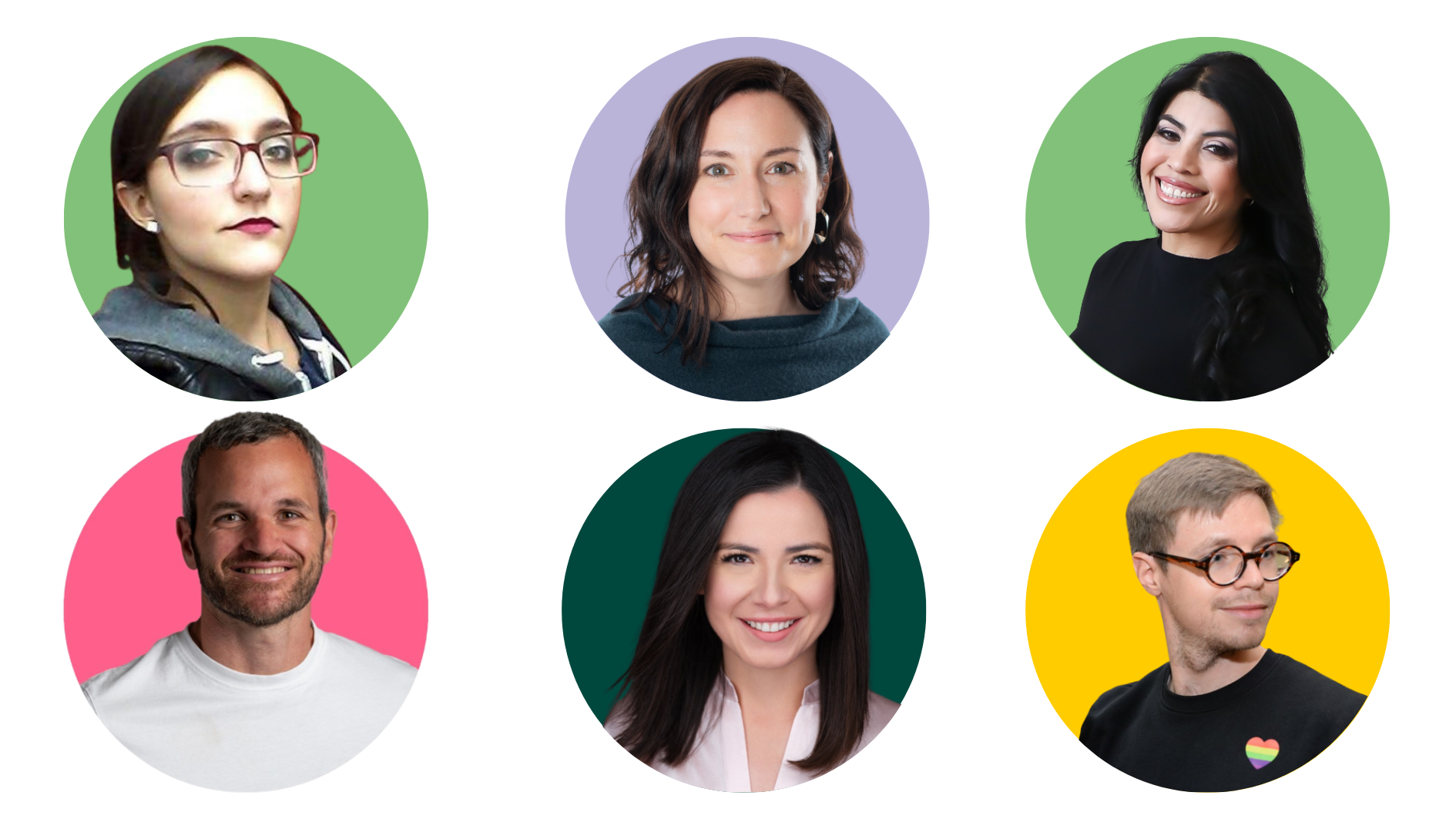Breaking the glass ceiling: Strategies for building a strong leadership team
Leadership has always struggled with a diversity problem. Back in 2015, data shows there were more CEOs named John in US companies than women CEOs. But it wasn’t until 2023, almost a decade later, when women CEOs finally managed to break the ‘John’ ceiling.
So, have we finally made progress towards breaking the glass ceiling on diversity in leadership? Maybe slightly. But organisations have still got a long way to go.
Erica D’Eramo, founder and CEO of DEI consultancy Two Piers Consulting, explains why leadership diversity is so important — and offers some strategies on how to build a more diverse leadership team.
Benefits of a diverse leadership team
From a business perspective, we know that diversity works. And when it comes to leadership, research shows that organisations with more diversity at the top have also been linked to increased belonging, higher performance, and lower turnover.
“Years of data tell us that having diverse viewpoints and lived experiences as part of our decision-making process leads to not only better risk awareness and mitigation, but more innovation, and a more growth oriented organisation,” Erica says. “But despite this hard data on how it supports the business case for DEI, we still haven’t seen a lot of change in the composition of senior leadership.” Hence we keep on paying the price of homogenous leadership.
But if the business case for diverse leadership teams is so strong, why has change been so slow?
“We talk about unconscious bias a lot — but it’s really difficult to unpick all of those little influences that come into play when we think of a leader,” she says. “We all see value in our own experiences and qualifications, naturally. When the makeup of a senior leadership team looks like us, we may not question it, especially if that’s how it’s historically looked. We are always subconsciously filtering for or valuing certain characteristics in a leader that we might not even be aware of.”
Erica is right on the money:
- A 2016 study found that, amongst leaders that showed support for diversity, female senior leaders, and leaders from marginalised ethnic groups who value diversity are more likely to receive lower performance ratings than their White male counterparts.
- A 2019 survey found that 78% of companies would be either ‘somewhat’ or ‘significantly’ hesitant in hiring a senior leader with a disability.
- A 2021 study found that investors are more likely to react negatively when a Black CEO or senior leader is appointed — especially when they’re appointed from outside the company.
3 strategies to increase leadership diversity
The good news is that leadership diversity — particularly across Europe — is increasing. The bad news is that to make change, organisations need to be in it for the long-haul.
To build a more diverse leadership team, organisations need to focus on making changes to their recruitment strategy, nurture growth from within, and be willing to challenge their own unconscious bias.
Here are three strategies:
1. Diversify your sourcing methods and criteria.
Conventional wisdom tells us that if we keep looking in the same places for leadership candidates from marginalised groups, we’re probably not going to find them. The same goes for the type of person we’re unconsciously looking for.
“If you’re just looking for a surface set of attributes that represent ‘diversity’, you’re not getting to the core of the issue,” she says. “That can quickly lead to tokenism, with an organisation thinking, ‘Oh our candidate pool has four women of colour, two Asian people, and one gay person. Job done.’ Yet if candidates are being filtered against an outdated concept of leadership qualities, you’re still likely to choose the candidates that conform most closely to historical norms and you’re missing out on the true diversity of thought and experience that can benefit the organisation.”
Erica says that to truly diversify your candidate pool, organisations need to explicitly put diversity on the hiring slate. This can include:
- Considering if specific qualifications and years of experience are truly a role requirement or simply a historical expectation.
- Anonymise CVs to remove any clear identifiers that can promote bias, such as name, gender identity, ethnicity, location, or education history.
- Look beyond your usual sourcing methods and places for posting job adverts — including expanding your reach at different job and industry fairs, job boards and schools.
- Scanning your job adverts for exclusionary or biased language.
2. Understand how your job advert and candidate experience resonate for folks from marginalised groups.
When we source with unconscious concepts of an ‘ideal leader’ in mind, it means we also unconsciously set up a recruitment process in that image. That goes for your job advert, employer branding, and candidate experience.
Erica says that one key way organisations can understand part of the reason why marginalised candidates aren’t applying is by asking them, outright.
“When you’re trying to source underrepresented candidates, it’s important to bring those voices into your process,” she says. “Make sure you’re working with people in your industry and ask them to evaluate your job descriptions and employer branding. Ask them: Does this resonate with you? Is this a company you would want to work for? Are there words that are conveying hidden meaning here? What do we need to change?”
3. Grow talent from within with internal succession planning.
Reshaping how we view a CEO is a long game. But planting the seeds early — both within and outside of your organisation — can help pave the way to a more diverse and inclusive organisation. Part of this process relies on having effective internal succession planning and growth processes in place. Even executing a good onboarding is part of it.
“Organisations need to support developmental tracks for potential future leaders — but they also need to evaluate how that process happens,” she emphasises. “How are potential future leaders identified? What traits and characteristics do you value? Who is taking part? If there’s unconscious bias there, you need to address that first.
“The whole cycle needs to be looked at,” Erica adds. “Otherwise organisations are closing doors too early, and not understanding the full potential of their employees.”
Erica says that this process can only work alongside structured, equitable talent management processes, including:
- Employee growth paths and career tracks
- Mentorship and reverse mentorship
- Regular specific, actionable feedback
- Evergreen performance conversations as opposed to annual or biannual
Looking to create a more diverse candidate pool? Find out how we can help you create an inclusive recruitment process to attract diverse leadership candidates.
Book a demo today!
You May Also Like
These Related Stories

The business case for diverse leadership: Breaking barriers for growth and innovation

How to attract (diverse) talent in competitive markets
